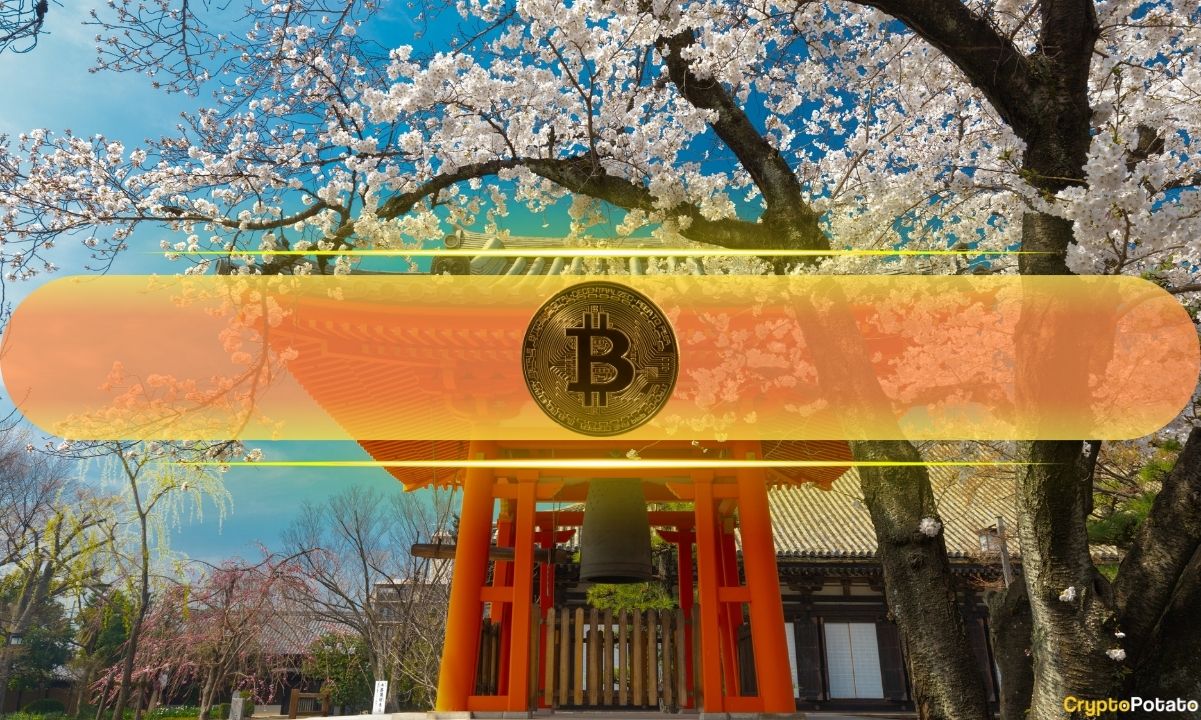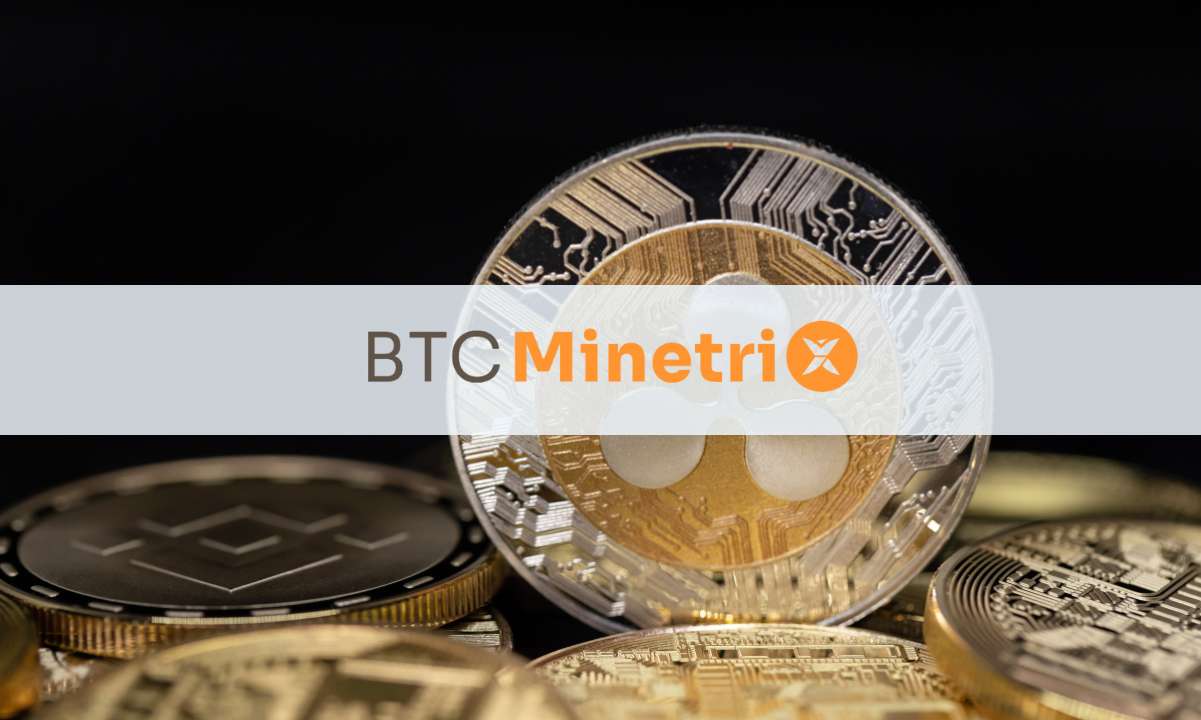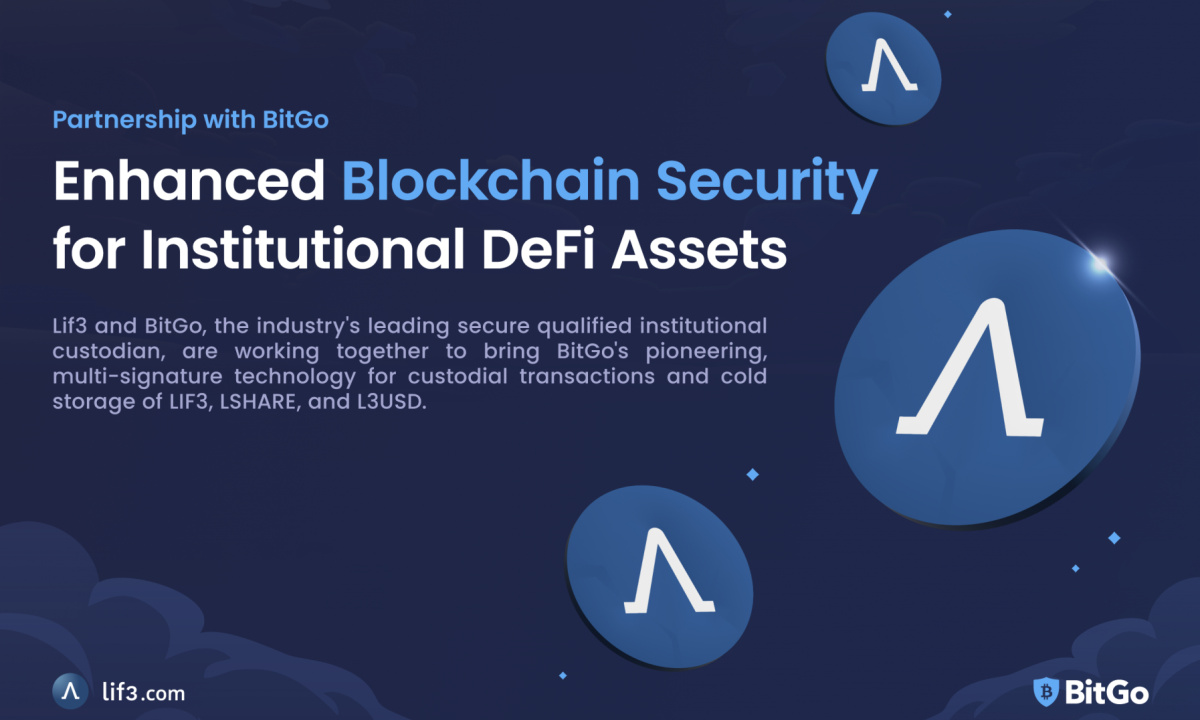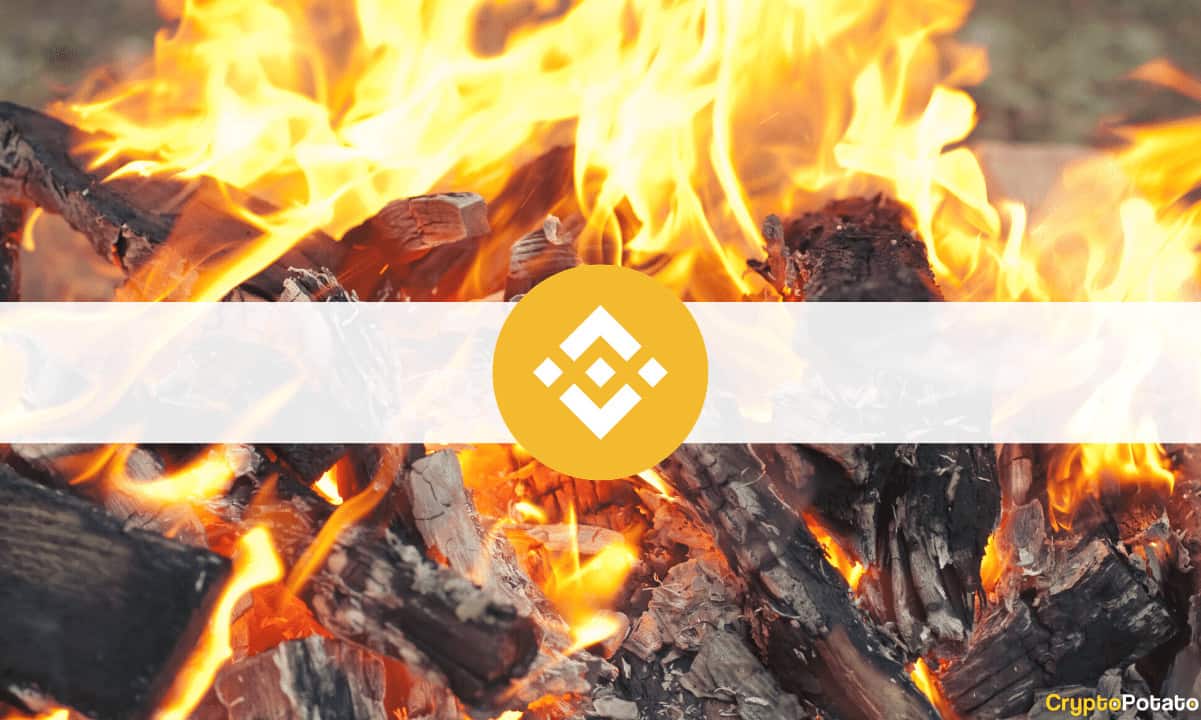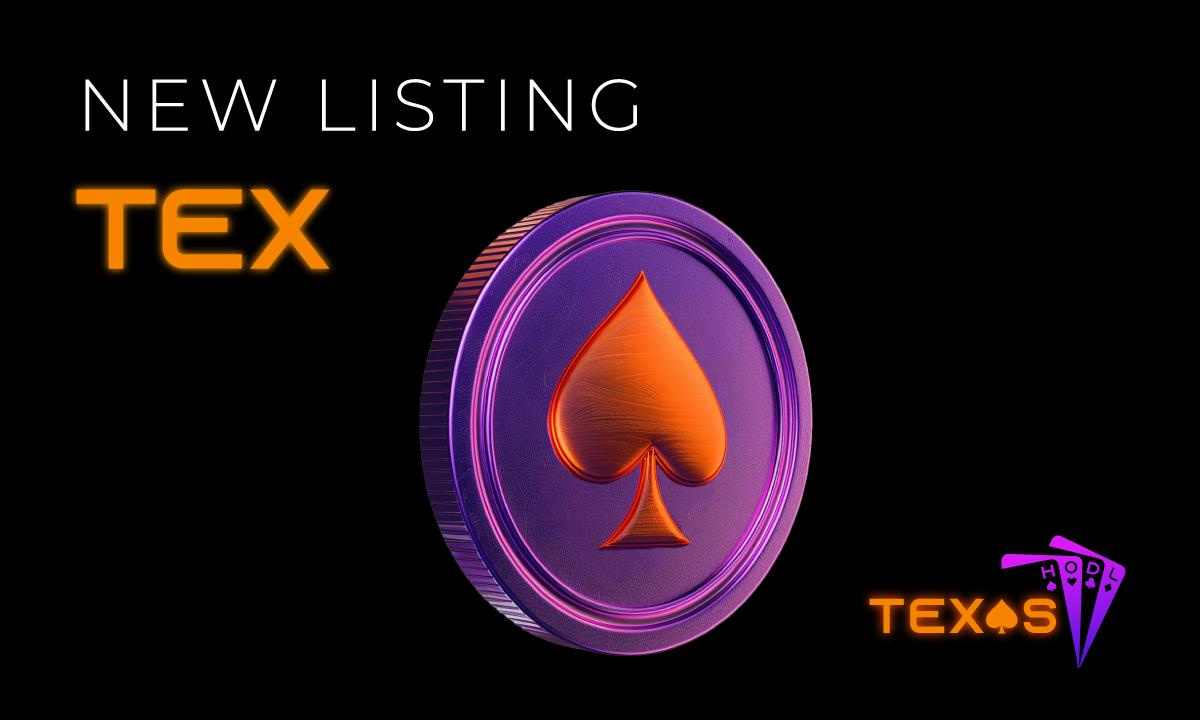Circle’s Cross-Chain Transfer Protocol Hits Mainnet for USDC Transfers
Fintech firm Circle announced the mainnet availability of Cross-Chain Transfer Protocol (CCTP) for developers building on Ethereum and Avalanche networks. The protocol will essentially allow USDC to flow natively across supported chains by burning the native stablecoin on a source chain and minting the same amount on a destination chain.
The “burn and mint” process results in USDC “teleporting” from one blockchain to another by eliminating the complications and risks of traditional “lock and mint” approaches.
USDC Interoperability
Some of the bridges and protocols that are already live with CCTP on the mainnet are – Multichain, Celer, LayerZero, LI.FI, MetaMask, Hyperlane, Router, Socket, Rarimo, Wormhole, and Wanchain. Circle further intends to expand CCTP to additional chains in the second half of 2023.
In a statement on April 26th, Joao Reginatto, Circle’s VP of Product, explained that Cross-Chain Transfer Protocol gives USDC native interoperability across Web3. He added that the liquidity and capital inefficiency issues in decentralized finance (DeFi) due to the risks and fragmented nature of bridged assets can be solved by the protocol.
“With CCTP, developers can simplify the user experience, and their users can trust that they are always transacting with a highly liquid, safe, and fungible asset in native USDC. This milestone makes USDC a natively multi-chain digital dollar.”
Stablecoins are a crucial element of the DeFi economy. With the new tool, Circle aims to unify liquidity across the ecosystem and simplify the user experience.
To use the protocol, users will have to begin by initiating a transfer of USDC on a source chain. The burn event will then be observed and attested by Circle on the source chain. The firm is then tasked with providing authorization to mint the specified amount of USDC on the destination chain. Finally, the attestation is used to trigger the minting of USDC on the destination chain and then sent to the recipient’s wallet address.
FUD and Expansion
USDC saw massive outflows following the momentary de-pegging event. The US regulatory crackdown and banking crisis nearly slashed the stablecoin’s market cap by half over the past six months alone.
Despite the FUD last month, Circle has been pushing for USDC’s expansion across several blockchains.
The company partnered with Bitcoin custodian and licensed private bank Xapo in March to integrate USDC payment rails. Circle has also applied for regulatory approvals in France as it doubled down in European expansion amid heavy regulatory scrutiny.
The post Circle’s Cross-Chain Transfer Protocol Hits Mainnet for USDC Transfers appeared first on CryptoPotato.



